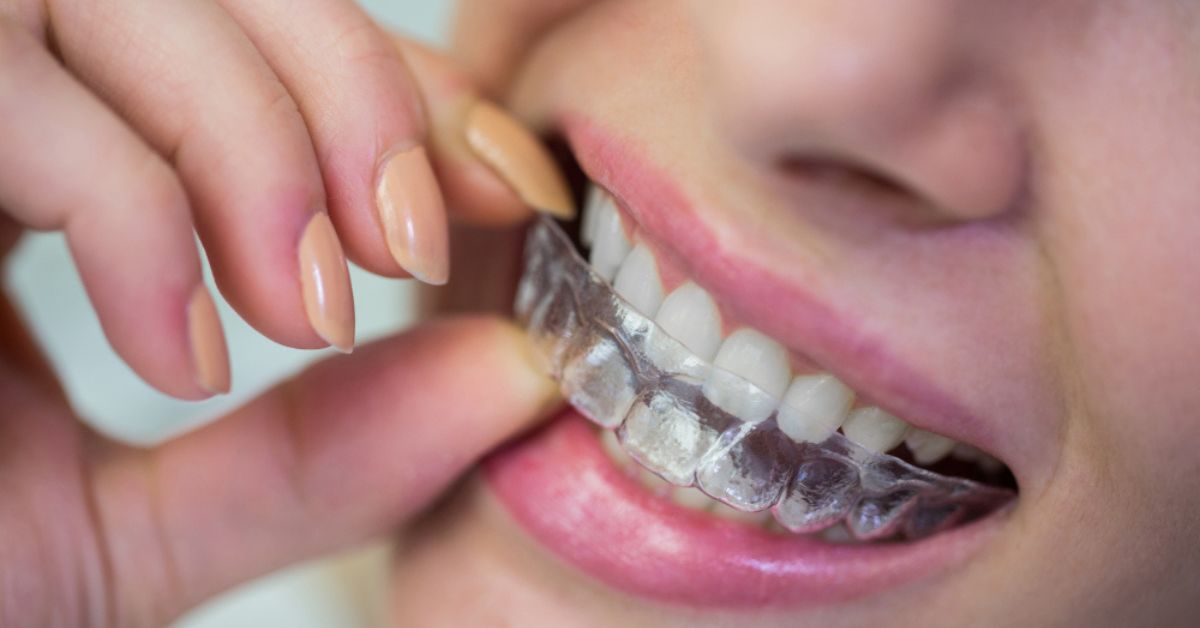
WE CAN SEE a hint of the state of dental health in Shakespeare’s England from a sonnet in which he describes his lady love’s reeking breath. The lines “black contagious breath” and “his breath stinks with eating toasted cheese” make it into two of the history plays. This was likely because dental health in England was in a sorry state during the Bard’s day.
The Sugar Trade Devastates English Dental Health
Cavities and missing teeth were common in Early Modern England, but it was much worse for the wealthy and even Queen Elizabeth herself, whose teeth were described as “very yellow and unequal” by a French ambassador and “her teeth black” by a German traveler, who correctly identified sugar as the culprit. That’s right: the sugar trade had reached England, and aristocratic teeth paid a heavy price for it. Surgeons, tooth-drawers, and blacksmiths had a lot of work to do pulling rotten teeth.
Cavities Only the Nobility Could Afford
Sugar was so expensive that only the wealthy could afford it. Some were even using sugar paste to brush their teeth! Many in the lower classes would actually rub charcoal on their teeth to make themselves appear richer. As for actual dental hygiene, people would use quills or wood for toothpicks and cloths to wipe off plaque. We’re definitely happier with modern floss and toothbrushes!























